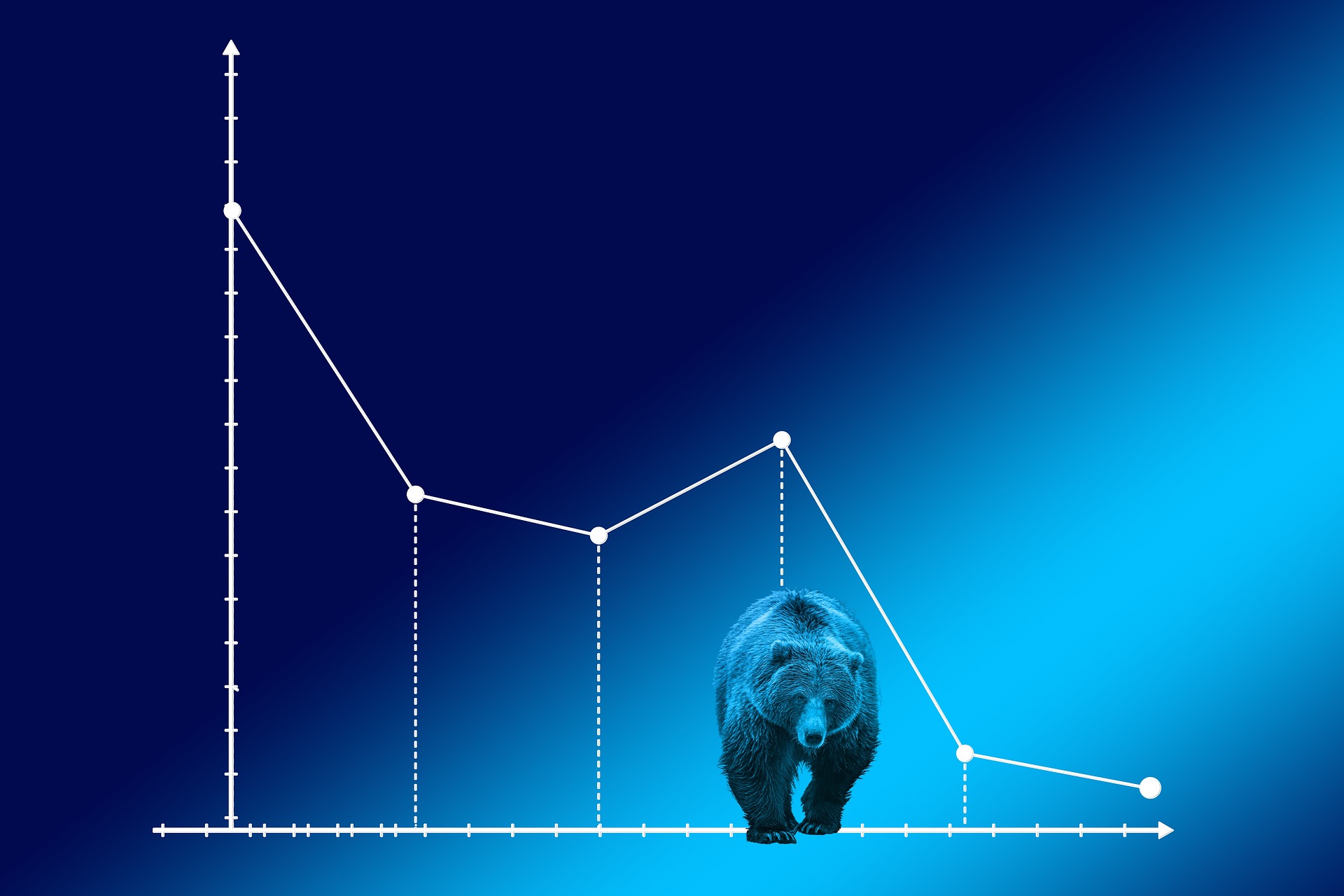Almost every trader, novice or seasoned, has had an experience where a trade appeared very obvious, but once they entered a position, the market turned against them and ended up making a loss. These situations are known as ‘trap trades’ as they attract traders and end up getting whipsawed after they fall for the bait. The bear trap is one of the most common trap trades, and in this read, we’re going to learn what it is a bear trap, how to spot one, and ways to avoid them.
What is a Bear Trap?

A bear trap occurs when a financial instrument’s price, be it an index, stock, or currency pair rises until it hits a resistance level. At this stage, it signals a reversal in the trend, but after a few bearish candles, it resumes the rising trend.
Simply put, a bear trap is the false reversal of a bullish trend.
How a Bear Trap Works
A bear trap prompts traders to expect the reduction in the price of an instrument and therefore executing a short position on the instrument. However, the price remains flat or rallies in this situation, forcing the trader to incur a loss.
A bearish trader tries to short that asset, to purchase it back after the price drops to a particular level, while a bullish trader sells the asset to keep their profits. If the downtrend never happens or reverses after a few candles, the price reversal is referred to as a bear trap.
When to Expect Bear Traps
Institutions purchase assets at wholesale prices, often after they drop. This causes downtrends to reverse and markets to go up.
This is usually the best time to purchase, but most novice traders and investors wait and make a move when they see the price is already bullish. Even worse, most individuals are trained to purchase breakouts and chase the price as it rises.
This signals the institutions that it’s time to set a bear trap in the market. When you notice an increase in volume, followed by a breakout in the stock price, a bear trap is usually pending.
Ways to Avoid Bear Traps
1. Initiate a Bigger Stop Loss
Placing a bigger stop loss won’t prevent a bear trap from happening, but since your stop-loss position is far away, you will be safe after the price starts rising again.
However, this strategy is not without issues. It might take a long time before the price can turn around and you resume making a profit, or it might not return at all, meaning you will ultimately get stopped out after waiting all that long.
2. Avoid Trading the Initial Breakout, and Instead, Go For the Retracement
If you are a bearish trader and want to sell on a breakout but do not want to be a bear trap victim, it is advisable to allow the breakout to first happen, then after the price goes down (confirming a downtrend), wait for the retracement and then go bearish.
3. Follow the Bigger Trend
If the support level breakout isn’t in the direction of the bigger trend, you should be careful as there is the possibility of a bear trap to occur. That’s because traders will be getting in after the bear trap candlestick in order to push up the price.
4. Pay Attention to the Two Candlesticks Following the Breakout
If you are a bearish trader and sell on the support level breakout, and the next two candlesticks are bullish reversal candlesticks or show the lack of downward momentum, then it’s time to begin taking some profits off.
These are usually bear trap indicators, and experienced traders often start buying there.
5. Using Technical Analysis and Indicators
Volume Indicators
One of the best ways to identify bear traps is through market volume. When an instrument begins to reverse, approaching new highs or lows, you will notice an acceleration in volume.
However, if the market changes direction and the volume is low, this could be a sign of a bear trap.
Fibonacci Levels
These ratios are vital when it comes to identifying reversals in a financial instrument. If the price does not break key Fibonacci levels, it is safe to assume that trend reversal is in question.
These kinds of small breaks are often trend corrections and not true breakdowns.
Divergence
If you are a trader fond of indicators, it is particularly easy to spot these traps. If the price starts to go downwards, but the indicators have a bullish undertone, you should suspect the downward movement as a trap.
The indicator you use is not that important. What’s crucial is that the indicator shows a divergence signal.
Divergence is simply when a financial instrument’s price moves in the opposite direction of a technical indicator.
6. Check The News
Whether good or bad, news tends to have a substantial effect on beginner or inexperienced traders and investors and can result in poor trading decisions.
Market makers are aware of this and usually use the news to set bear traps. So, when you notice a sudden spike in an asset’s value with average volume, ensure you look at the news before engaging in a trade.
Usually, such movements are designed to catch emotional and inexperienced traders off guard.
Bear Trap Summary
Bear traps are pretty common in the FX and stock market. Unfortunately, you can not avoid all of them, and this is something you have to come into terms with when you decide to trade.
However, with the tips above, you can learn how to avoid them and, in some cases, even make some extra money.


